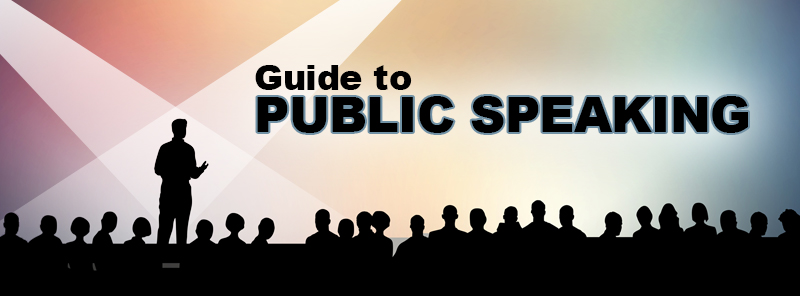Blog
“Starting Five” Guide to Public Speaking
Mar 14, 2017, 11:07 AM
by
User Not Found
MAP communications instructor, Mike Henn, shares his top five keys to successful public speaking.
By Mike Henn | March 14, 2017

Public speaking is one of the fears of the human race, but it doesn’t have to be that way. There are ways to prepare for it. Here are my “Starting Five” keys to public speaking:
1) Use your personality!
One of the things I think is most important when addressing a big group is leading with personality. You can be incredibly well prepared, you may possess a wealth of knowledge in the subject, but if you don’t lead with passion, emotion, or enthusiasm, then all of your hard work can be lost. It’s okay to be nervous or uptight. Use that energy and channel it into a passionate personality for your speech. “Show you want to be there!” Perhaps take a prop into the fray to assist you.
2) Establish a written and mental outline.
Another crucial aspect to giving a speech of any kind is establishing a written and mental outline that you can memorize and look back on throughout your speech. Again, knowledge is pertinent, but without an intro, a body, and a strong closing statement, it can be easy to lose where you’re going.
If you have that outline memorized—the personal greeting, the mention of the topic, the central point, or the attention getting statement—that gets you out of the gate. Then you move into the body of your speech, which will include any number of main points with supporting statements that follow. If you have your major talking points in your head, it’s then easy to associate those with your smaller, supporting bullet points. And finally, once you’ve gotten through the thick of things, you close with a quick summary of everything you have presented and a solid ending statement.
The idea is that if you have your mental picture and can plug that in, you won’t get lost. If you begin to feel lost or like you’re trailing, look back on what you have memorized and be confident in yourself. Practice, have a practice partner.
3) Humor—we all have it, so use it!
Somewhere in the entire piece, humor must play a role! It doesn’t have to be anything grand, but leading (or closing) with a joke can take you a long way in terms of connecting with your audience. Whether you’re talking about open heart surgery or the local circus, humor can play a big part in connecting with those in front of you.
Knowing and engaging your audience is a part of this, and audiences come in many forms. What happens if you get a bored audience? A non-attentive audience? Or an audience that believes they are more knowledgeable than you? What kind of crowd do you have? Pick up on that early on and try to use humor to continue engaging them.
4) Expect the unexpected. In fact, prepare for it.
Very rarely do things go exactly to plan when giving a speech. There can be distractions in the audience or something else that throws your plans off track, but along with your mental outline (see #2 above), expecting the unexpected will help you stay focused on what’s ahead.
Inserting unique, creative, and powerful words will add to the “wow” factor of your speech. You can over detail; less words are actually better if they’re more powerful because they carry more weight. Don’t get caught up on the little points or mistakes. Press forward, and expect that you will deliver as you have prepared!
5) Finally, eliminate distracting mannerisms.
We all let the occasional “um” or “uh” slip into our daily language—it’s a natural part of our discourse and dialogue. However, eliminating what is called vocal filler will help your confidence and add to the overall delivery of your speech.
In addition, stuttering, fidgeting, or displaying other distracting behaviors can completely take away the power behind the message. You could have the best, most exhilarating topic or message in the world, but if there is an “um” or “ah” before the start of each sentence, your audience won’t take in the full picture.
Public speaking is an art form. It takes some years to master, but using your personality, making sure you’re well prepared, connecting with your audience, and peppering in humor or other unique or creative phrases can turn a novice into an expert in no time.
Practice your speech and maintain your confidence and personality, and you will go a long way! Go now and conquer the Message, the Audience and the Fear!
© 2021 Marian University
Notice of Nondiscrimination
Marian University does not discriminate on the basis of race, ethnicity, color, sex, gender, gender identity, sexual orientation, religion, creed, national origin, age or disabilities in the selection
of administrative personnel, faculty and staff, and students.
*Placement rates are gathered from data collected from graduates within six months of graduation.
Students may make a complaint to the Indiana Commission of Higher Education.
Marian University is sponsored by the Sisters of St. Francis, Oldenburg, Indiana.
Submit a Marketing Request
Website built with